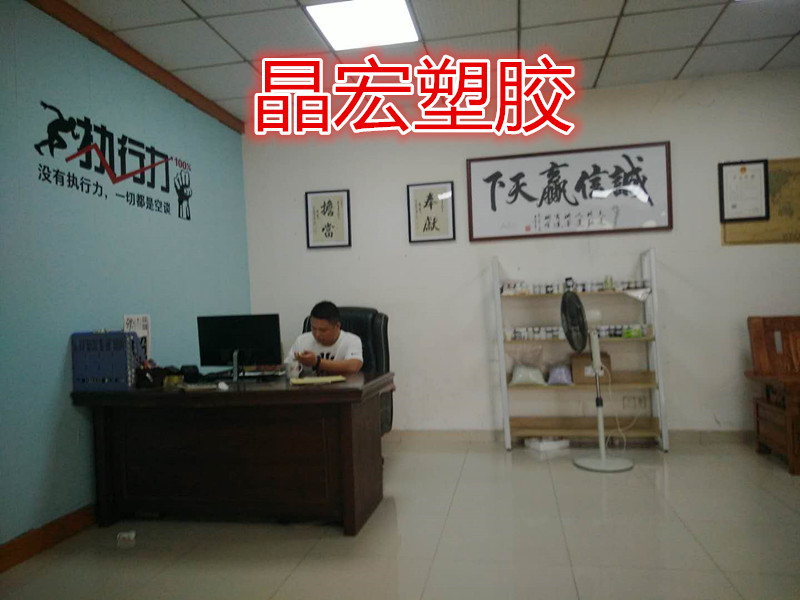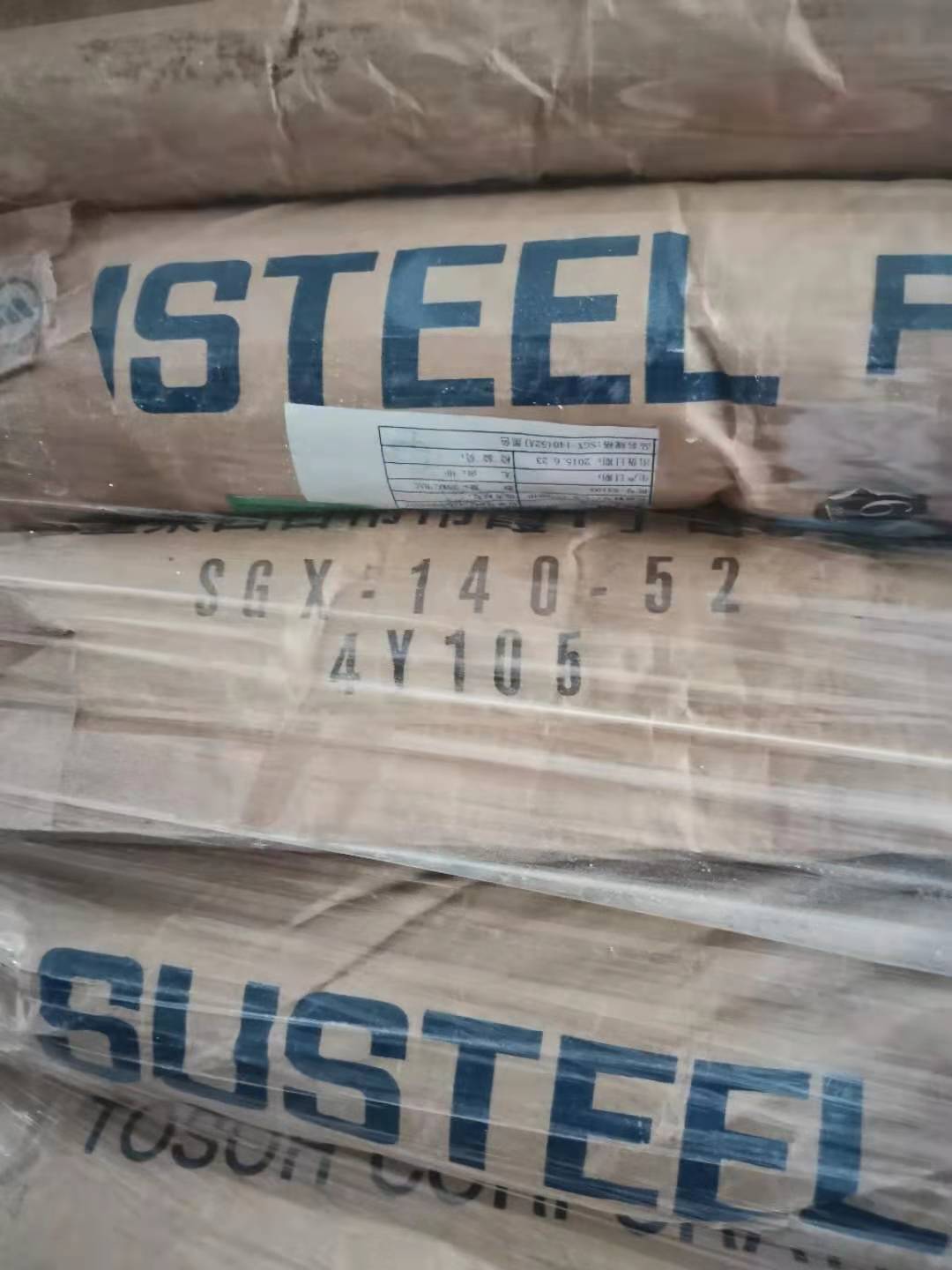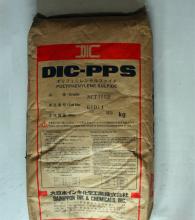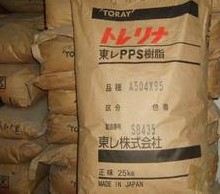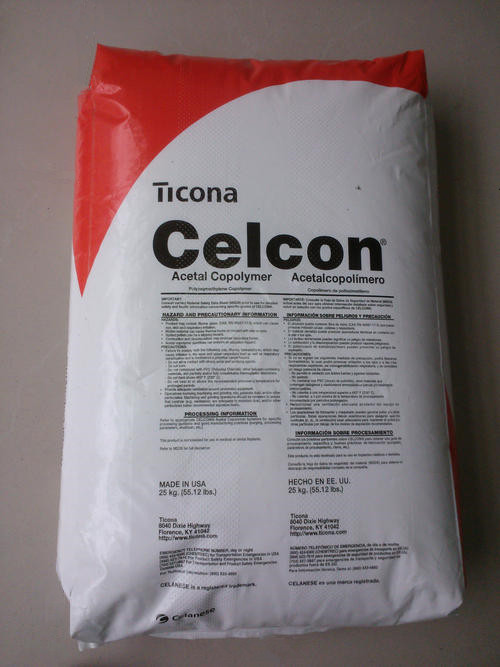泰科纳POM ***0SW---***0SW is a low wear grade designed for gears and other low wear applicati***, especially where reducing noise and wear against the same mating surface is important. This grade may be preferred in high load-low velocity applicati***. Celcon® ***0SW is an option where silicone or PTFE based wear resistant products are not acceptable.
Please also see Hostaform® C 9021 SW.
Physical performance rating unit system test method
Density: 1.41 g / cm? ISO 1183
MVR (190 ° C / 2.16 kg) 8.00 cm3 / 10min ISO 1133
Shrinkage: ISO 294-4
Vertical flow direction 1.6% ISO 294-4
Flow direction: 2.0% ISO 294-4
Mechanical properties rating unit system test method
Tensile modulus 2600 MPa ISO 527-2 / 1A / 1
Tensile stress (yield) 49.0 MPa ISO 527-2 / 1A / 50
Tensile strain (yield) 8.0% ISO 527-2 / 1A / 50
Bending modulus (23 ° C) 2560 MPa ISO 178
Impact performance rating unit system test method
Notched impact strength of simply supported beam (23 ° C) 5.0 kJ / M? ISO 179 / 1ea
Notchless impact strength of simply supported beams ISO 179 / 1eu
-30°C 90 kJ/m² ISO 179/1eU
23°C 110 kJ/m² ISO 179/1eU
Notched impact strength of cantilever beam (23 ° C) 5.4 kJ / M? ISO 180 / 1A
Thermal performance rating unit test method
Hot deformation temperature under load (1.8 MPa, UN annealed) 90.0 ° C ASTM D648, ISO 75-2 / A
Melting temperature 1 166 ° C ISO 11357-3
Linear coefficient of thermal expansion ISO 11359-2
Flow 1.0e-4 cm / cm / ° C ISO 11359-2
Transverse 1.0e-4 cm / cm / ° C ISO 11359-2
Injection rating unit system
Drying temperature: 80.0 to 100 ° C
Drying time: 3.0 HR
The temperature at the back of the barrel is 170 to 180 ° C
The temperature in the middle of the barrel is 180 to 190 ° C
Temperature at front of barrel 180 to 190 ° C
Nozzle temperature 190 to 200 ° C
Processing (melt) temperature 180 to 200 ° C
Mold temperature: 80.0 to 120 ° C
Injection pressure: 60.0 to 120 MPa
The injection speed was slow to medium
Holding pressure 60.0 to 120 MPa
Back pressure: 0.00 to 0.500 MPa
POM共聚甲醛是由美国Celanese公司1960年发明,并于1962年实现工业化生产,随后德国Hoechst和Celanese 的合资公司Hoechst-Celanese 、美国BASF、日本的宝理公司和旭化成公司、三菱***化学公司纷纷投入生产。随后巴斯夫公司、三菱***公司、宇部兴产公司、宝理和旭化成对合成过程进行了改进,各自具有独特的技术特点。宇部兴产公司在聚合过程中采用气相法。巴斯夫和三菱***公司所用溶剂为二氯***,以***(或二氧戊环)为共聚单体。旭化成公司采用POM甲缩醛氧化直接合成70%高浓度甲醛的工艺。


